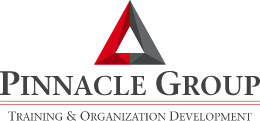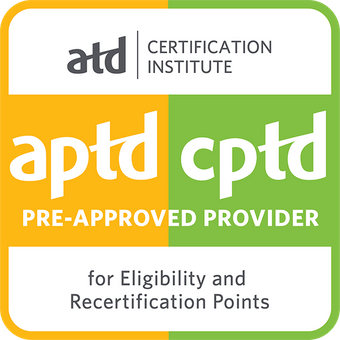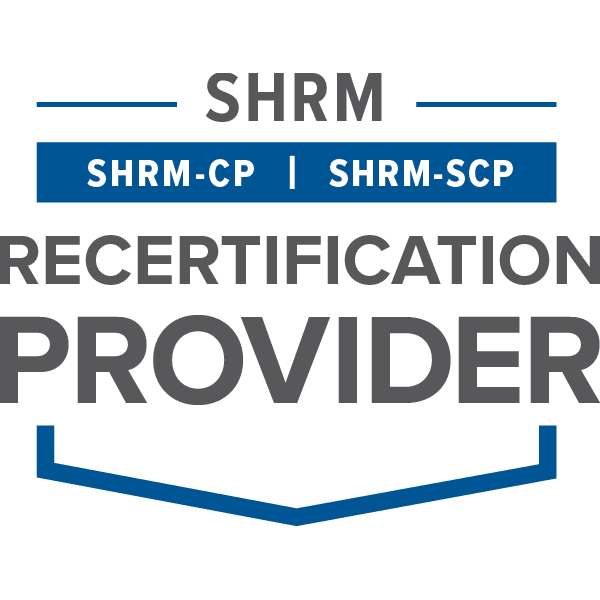Turn on the TV to any financial or economic news and you will hear the same thing, worry and fear over a looming recession. While it is true that the US economy has had a slight pullback in recent months, the fears over a catastrophic recession are at the moment just that, fears. During difficult economic times organizations often pull back on deploying resources towards the engagement and development of their employees. This decision will have a terrible impact on employee morale and retention as well as the company’s bottom line.
Disengaged employees have an 18% lower productivity rate and a 15% lower profitability rate than their engaged peers. In addition, employees who are not engaged on the job are 37% more likely to take time off work. When broken down, a disengaged employee costs a company, on average, 34% of their annual salary every year. That means a company loses $3,400 for every $10,000 a disengaged employee earns.
One of the greatest economic impacts a focus on learning and development can bring to an organization is increased talent retention and reduced turnover. Studies have shown that companies who score in the top 20% in engagement realize 59% less turnover; how much does turnover cost your organization each year?
Ok, so now that we know the economic impact of not focusing on learning, development, and employee engagement, what do we do with this information? The easiest place to get started is an employee engagement survey if your organization isn’t currently doing one. Employee engagement surveys (EES) are the only way to get unvarnished direct feedback from your workforce about the key drivers of their engagement levels. This will give you invaluable hard data that you can use to drive better results. One of the reasons organizations often seek third parties to run these is employees often worry about anonymity and retribution if they speak
their minds about company direction and initiatives.
The second consideration is what gets done after an EES takes place. The number of organizations that run EES but don’t take any actionable steps afterwards is staggering. This shows your employees that their opinions and feedback are not valued at work and will likely lead to even higher turnover and disengagement.
If you are running surveys and understand the value of developing your talent and keeping an engaged workforce, you are now ready to put a gameplan into action. While every organization is unique, in Pinnacle Group’s experience there are several major recurring themes across most organizations that could be negatively impacting its employees. Putting a training plan together that includes communication skills, leading through change, and developing and retaining top talent will drastically increase engagement, retention, and production at your organization.
Many people think they only need to measure and improve employee engagement when they are experiencing high turnover or morale issues, but nothing could be further from the truth. Such a philosophy is highly reactive as opposed to high performing organizations which focus on being proactive. Failure to focus on employee engagement will cost you your top talent in the long run and therefore your company’s success. The Pinnacle Group team has decades of experience helping organizations maximize the productivity of their workforce through specialized Learning and Development programs. Whether you want to begin running employee engagement surveys, need help deciphering the data of surveys you have already run, or need help acting on that data by training your leaders, Pinnacle Group can help your organization reach its potential!




